Fall Feasting
Jan-Martin Smordal, Microtub, Karin Hellqvist, Waldemar 4, Grix, Vijay Iyer
Ultima Festival Reflections
Last week I was in Oslo attending a portion of the Ultima Contemporary Music Festival, where I caught a wide variety of performances reflecting the event’s typical sprawl. Like many such festivals in Norway, there’s a generous approach in the stylistic breadth of programming. One of the most fascinating performances I saw was the world premiere of For Hauge Kirke by Jan-Martin Smordal. The concert took place in the current home of the art gallery Atelier Norde, which formerly housed a small neighborhood church in the early part of the 20th century. Smordal worked closely with artist Øystein Wyller Odden—they previously collaborated for a wonderful 2022 album titled Kraftbalanse (Sofa Music) in which members of Ensemble Neon adapted to a pitch tied to the hum of the 50 Hz electrical current used in Norway, adapting to the usual fluctuations of the energy grid. The concert was connected to an installation in the space by Odden, which was largely disassembled for this performance, but the original 1923 altar piece previously in the space, which now resides in the chapel basement of the city’s Cemetery Administration, was brought back. Additionally, individual organ pipes designed by the same organ maker who built the instrument formerly installed in the space when it was a church, were attached to plinths for the exhibition. These were activated during the performance of Smordal’s piece, which was played by a brass quintet called NyNorsk Messingkvintett. The piece was distinguished by the harmonically exciting long tones patiently voiced by the quintet in brilliant clusters and individual lines, only to be complicated by the eventual eruption of the various organ pipes. Some kind of machine generated the wind needed to activate the pipes, and its usage was deliberately jagged, with some of the pipes intentionally disconnected from the air source at the start, only to be connected in mid-performance. It was a beautifully meditative experience, haunted by the organ tones both smoothly articulated and broken down.
I also caught a stuffed 90-minute program of new work commissioned by Mircotub, the microtonal tuba trio with Robin Hayward, Martin Taxt, and Peder Simonsen. The pieces were all well-suited to the group’s deep engagement with tuning, producing a feast of harmonically thrilling collisions and enveloping drones, but as strong as the pieces were it was “Hysteresis,” the most conventionally designed “new music” work on the program, by Hermod Ringset Bentsen, that resonated most for me, with its more rigorous rhythmic framework that toggled between long tones and shorter blurts, to say nothing of cycling low-end pattern where the tubas all produced a guttural thrum marked by frictive blubbering. I was also impressed by “ˈspɛktrəm/ for three microtonal tubas and live electronics” by Martyna Kosecka, which featured a gripping array of dive bombing unison lines and subtle electronic patches that increasingly interrogated the exquisite long tones, elongating and stretching out individual lines, almost with a dubby effect by the conclusion of the piece.
Violinist Karin Hellqvist of Ensemble Neon delivered a wonderful recital of commissioned works, the best of which tapped into abstracted strains of Scandinavian folk traditions. The pieces were a result of her PhD. studies and immaculate recordings of most of the works were recently released on the album Palette (LAWO Classics). The violinist collaborated with composer Liza Lim on One and the Other (Speculative Polskas for Karin), which kits out the violin with a low octave string. Its connection to the Swedish folk dance called the polska didn’t hit me until the final movement, where an improvised passage revisiting the structural ideas of the first two sections, brought out the rhythmic and melodic ideas that seemed to pulse through Scandinavia like lifeblood. No less arresting and decidedly more direct was Eiksmarka Omland, a gorgeous five-movement collaboration written with and featuring the keyboard playing of Christian Wallumrød, doubling on piano and harmonium, but only present in the performance on a cassette recording. You can hear the second movement of the work below.
The concert also featured a gorgeously austere piece made with Swedish composer Henrik Strindberg called “Gradients,” and another lengthy work with German composer Carola Bauckholt called “Solastalgia,” which was conceived using field recordings of Arctic ice formations—sadly, in a state of collapse given our cataclysmic climate challenges—but which were absent in the final piece, a kind of phantom presence represented through the multi-channel soundscape. The concert also included an impressive electro-acoustic work by the violinist called Pango, which played as the audience entered and settled into its seats within the Kulturkirken Jakob. That piece isn’t included on Palette, nor was the improvised performance with Manos Tsangaris, playing metal percussion that was triggered as much by motion as it was by being struck. On the other hand, the album includes a lovely piece by Jenny Hettne called Susurrant metal, singing rocks that wasn’t on the concert program. Earlier that day I heard a playback of the 2020 É liane Radigue electronic work L’Ile Re-sonante diffused by GRM director François Bonnet. With the caveat that Jessie Marino is my partner, I still must say the performance of her Murder Ballads—The Positive Reinforcement Campaign with the percussion trio Pinquins, bassist Inga Margrete Aas, and performer Emilia Dörr was fantastic, a glimpse at the relentless violence visited upon women by men who claim to love them through rejiggered and reimagined murder ballad tropes.
Atomic Dust in Berlin
Thanks largely to the efforts of writer and curator John Corbett and the instant bond formed by reedists Ken Vandermark and Mats Gustafsson, the Chicago improvised music scene has long been closely linked to the cutting-edge jazz from the Scandinavian scene, and while Atomic was hardly the first group from the region that visited Chicago in the present century, it was a band that cemented those connections for me. Its rigorous post-bop, which fused free jazz impulses with the advanced compositional ideas of Swedish saxophonist Fredrik Ljungkvist and Norwegian pianist Håvard Wiik, resonated deeply in the Chicago scene. Atomic disbanded a few years ago and I still miss seeing them. On Friday, September 27, Ljungkvist and Wiik reunite as sidemen at Donau115, playing music written by Norwegian bassist Trygve Waldemar Fiske and featured on the terrific 2020 album The Buoy and the Sea (AMP Music), billed to Waldemar 4.
The quartet’s original reedist was the great Andre Roligheten, but you couldn’t ask for a much better successor. It’s a little strange hearing the pair interpret music that neither of them composed, but Fiske clearly shares a certain sensibility with them, while pushing the group away from the contemporary classical influences that had been cropping up in Atomic’s music for years. The band, which also includes veteran Norwegian drummer Erik Nylander, gives the pianist and saxophonist lots of space for improvisation, and their interactions when they hew closer to the score are no less compelling. Fiske possesses a more mainstream aesthetic than his bandmates, but his tunes are elastic enough that they’re all able to inject plenty of their own personality into the music. Below you can check out “Gary X,” the album’s bracing opening track.
A Thessaloniki Reunion in Berlin
I’ve only seen Greek reedist Floros Floridis play live one time. In 2000 he performed at the Empty Bottle Festival and of Jazz and Improvised Music, programmed by John Corbett and Ken Vandermark. Yup, those two did a lot more than open the door to Scandinavian jazz in Chicago, as it was my introduction to the reedist, who’s from Thessaloniki, a northern city where Greek culture often intersects with sounds from Balkans. During his visit I bought a CD in which Floridis joined a Balkan brass group called Band of Florina, and across his career such excursions into Balkan traditions to say nothing of rembetika have been part of his practice, but at heart he’s a fiery improviser rooted in jazz tradition. His 1979 album Improvising at Barakos (J.N.D.), with pianist Sakis Papadimitriou, is widely considered to be the first free improv recording made in Greece, and soon after he was a regular presence with European free improv circles, releasing albums in collaboration with folks like Paul Lytton, Louis Moholo-Moholo, Günter “Baby” Sommer, and Peter Kowald. Floridis is an excellent alto saxophonist, but I’m most drawn to his work on clarinet, which both extends and severs his connection to Greek traditional music. He’s also worked extensively over the years as a composer for film, theater, and dance.
On his visits to Berlin he eventually formed the trio Grix with two excellent players from his hometown who’d subsequently moved here: pianist Antonis Anissegos and percussionist Yorgos Dimitriadis. Anissegos is a wildly versatile player equally at home interpreting Morton Feldman as he is playing the swinging arrangements of alto saxophonist Silke Eberhard in her big band Potsa Lotsa XL. And while Dimitriadis also has jazz roots, he frequently explores electroacoustic and electronic experimental music. In 2022 Floridis and Dimitriadis released Tone Sequence Evaluators (Evil Rabbit), an album of improvised music heavily inflected with electronics contributed by each musician. The music is stark, marked by abrasive textures, abstract shapes, and uninhibited experimentation. You can check out the piece “Barking to the Moon,” below.
This week Floridis returns to Berlin, and Grix will play its first local concert in years when they reconvene Monday, September 30 at Terzo Mondo. It’s been revelatory to hear that duo album in the context of Grix, where the involvement of Anissegos radically alters the way Floridis and Dimitriadis sound together. The trio has only made two albums over its long history, beginning with Sweet, Sour, Sharp & Soft (Jazzwerkstatt) in 2009, and its most recent album Penetralia (Creative Sources) was released back in 2015. Despite being fully improvised, the pianist frames the music with a jazz-based language, but it never feels like the tradition is impinging on the musicians, who still manage a rigorous three-way engagement extending from the brooding, post-Cecil Taylor figurations of Anissegos, who brings rich harmonic information and tonal darkness—and, occasionally, the febrile energy of the late pianist. While Grix can certainly generate a head of steam, emitting sparks and dissonance, the performances feel thoughtful even when the tempo veers into breakneck speed, as on a piece like “What Tradition?” There’s a juddering, probing quality to a piece like “Lingual Gyrus,” which Floridis riding the bass clarinet’s rheumy squeaks and striated swoops to the hilt as Dimitriadis pushes him along with attractively jagged rhythms, but once Anissegos enters the fold hallway through the texture and complexion of the piece achieve a lovely equilibrium, his lyric extrapolations lurching from tuneful to explosive. Below you can check out “Asymptotic Mood,” which showcases the pianist’s knack for preparations, with the clarinet of Floridis gliding over the spiky, gamelan-like sound meted out by his compatriots.
The Inspirations of Pianist Vijay Iyer
Also on Monday, September 30, pianist Vijay Iyer makes a Berlin rare club appearance, leading a trio at Zig-Zag Jazz Club. Earlier this year the pianist released Compassion (ECM), his second album with bassist Linda May Han Oh and drummer Tyshawn Sorey. In his liner note essay Iyer reflects on how music is always “about” something, citing a discussion he once had with trumpeter Wadada Leo Smith who told him, “Inspiration is that influx of knowledge that is being revealed, and it doesn’t require a teacher or an in between state.” The pianist then goes on to apply that thinking to his own repertoire here. Many of the pieces were inspired by some figure like Desmond Tutu or Iyer’s father, a poem, or a reflection on some event or phenomena that’s impacted lives, such as the pandemic. The album stands as one of the pianist’s most introspective outings, with playing that’s largely inside jazz tradition. But the interplay within his excellent groups transcends any sense of convention or predictability. Indeed, on “Arch,” the tune inspired by Tutu, there’s a sleek, elegant veneer that’s stretched to the breaking point as the performance unfolds, with a gradual yet persistent increase in energy and density helmed by Oh’s elastic lines and Sorey’s deceptively forceful, shape-shifting drumming.
As usual, the album contains a sprinkling of outside material, whether the mid-80s Stevie Wonder hit “Overjoyed,” cleaved of its surface treacle and replaced with heightened rhythmic drive, or a terse account of Roscoe Mitchell’s visceral, iconic “Nonaah,” concentrated into a roiling blast of remarkable clarity. Below you can check out one of my favorites from the new album, “Maelstrom,” one of three pieces here originally written for “Tempest, a project dedicated to victims of the pandemic(s), premiered at the Celebrate Brooklyn! Festival in 2021.” The members of Iyer’s trio are all active bandleaders on their own, so getting to see them all together on the same stage is a pretty rare occurrence outside of New York, and the Berlin hit offers no exception, but the pianist will play with two close collaborators that have been in his orbit for years now: drummer Jeremy Dutton and bassist Nick Dunston.
Recommended Shows in Berlin This Week
September 24: Apparat+ Presents Jessie Marino, performer, and Max Eilbacher, electronics, with Owen Gardner, electric guitar, Weston Olencki, trombone, and Max Murray, tuba, 8:30 PM, KM28, Karl Marx Straße 28, 12043 Berlin
September 25: Tony Buck, drums, Achim Kaufmann, piano, Harri Sjöström, soprano and sopranino saxophones, Steve Swell, trombone, 8 PM, Panda Theater, Knaackstraße 97 (i.d. Kulturbrauerei, Gebäude 8) 10435
September 25: Peter Bernstein Quartet (Peter Bernstein, guitar, Sullivan Fortner, piano, Doug Weiss, double bass, and Joe Farnsworth, drums), 9 PM, Zig-Zag Jazz Club, Hauptstraße 89, 12159 Berlin
September 26: Marc Schmolling, piano, and Tobias Delius, reeds, 8 PM, Salon L'écritoire, Schönwalder Str. 20, 13347 Berlin
September 26: Ryszard Lubieniecki, portative organ & accordion reed ranks & Francesco Colocci, electronic guitar; Axel Dörner, trumpet & Carina Khorkhordina, trumpet: Lorena Izquierdo, voice action & Birgit Ulher, trumpet, radio, speaker, objects; Splashgirl (Andreas Løwe, grand piano, keyboards, Jo Berger Myhre, double bass, drum machine, Andreas Knudsrød, drums, percussion), 8 PM, Petersburg Art Space, Kaiserin-Augusta-Allee 101, 10553 Berlin, entrance in the courtyard, Aufgang II, 1 OG
September 27: Waldemar 4 (Trygve Waldemar Fiske, double bass, Fredrik Ljungkvist, reeds, Håvard Wiik, piano, and Erik Nylander, drums), 8:30 PM, Donau115, Donaustraße 115, 12043 Berlin
September 27: Boris Hauf’s Clark 3; Litó Walkey’s Come here dust and hair, 8:30 PM, Morphine Raum, Köpenicker Straße 147, 10997 Berlin (Hinterhof 1. Etage)
September 27: RE:2NITE (Mia Dyberg, alto saxophone, Brad Henkel, trumpet, Antti Virtaranta, double bass, and Sofia Borges, drums), 8:30 PM, Sowieso, Weisestraße 24, 12049 Berlin
September 28: Shindig Festival (Oisín Leech, Brigid Mae Power, A. S. Fanning, Aoife Nessa Frances, Perlee, David Hedderman, Rufus Coates & Jess Smith, and Monzi), 6 PM, Lido, Cuvrystraße 7,10997 Berlin
September 28: Asmâa Hamzaoui & Bnat Timbouktou, 8 PM, HAU1, Stresemannstr. 29, 10963 Berlin
September 28: Jeremy Viner’s Eye Contact (Jeremy Viner, saxophone, clarinet, Liz Kosack, keyboard, Phil Donkin, bass, Mauricio Takara, drums, electronics), 8:30 PM, Donau115, Donaustraße 115, 12043 Berlin
September 28: Alexander von Schlippenbach, piano, Rudi Mahall, clarinets, and Dag Magnus Narvesen, drums, 8:30 PM, Sowieso, Weisestraße 24, 12049 Berlin
September 30: Vijay Iyer Trio (Vijay Iyer, piano, Nick Dunston, double bass, Jeremy Dutton, drums), 6:30 PM, Zig-Zag Jazz Club, Hauptstraße 89, 12159 Berlin
September 30: Ryley Walker; David Grubbs, 8 PM, Pratchwerk, Ganghoferstraße 2, 12043 Berlin
September 30 Grix (Floros Floridis, reeds, electronics, Antonis Anissegos, piano, electronics, and Yorgos Dimitriadis, drums, percussion, electronics), 9 PM, Terzo Mondo, Grolmanstraße 28, 10623 Berlin
September 30: Don Preston, keyboards, 9 PM, B-Flat, Dircksenstr. 40, 10178 Berlin
September 30: Frank Bretschneider; Gábor Lázár, 9 PM, Kantine am Berghain, Am Wriezener Bahnhof, 10243 Berlin


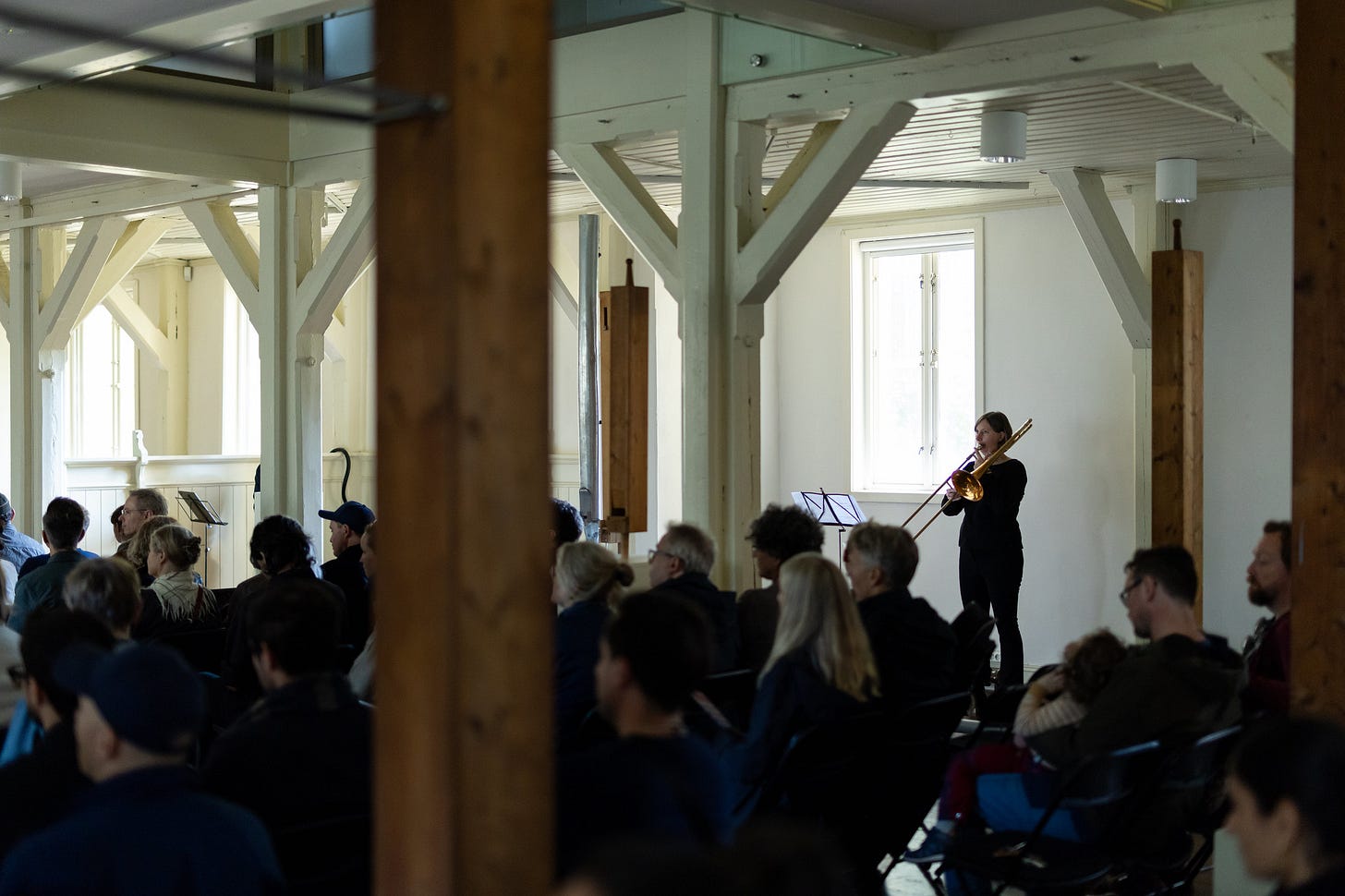
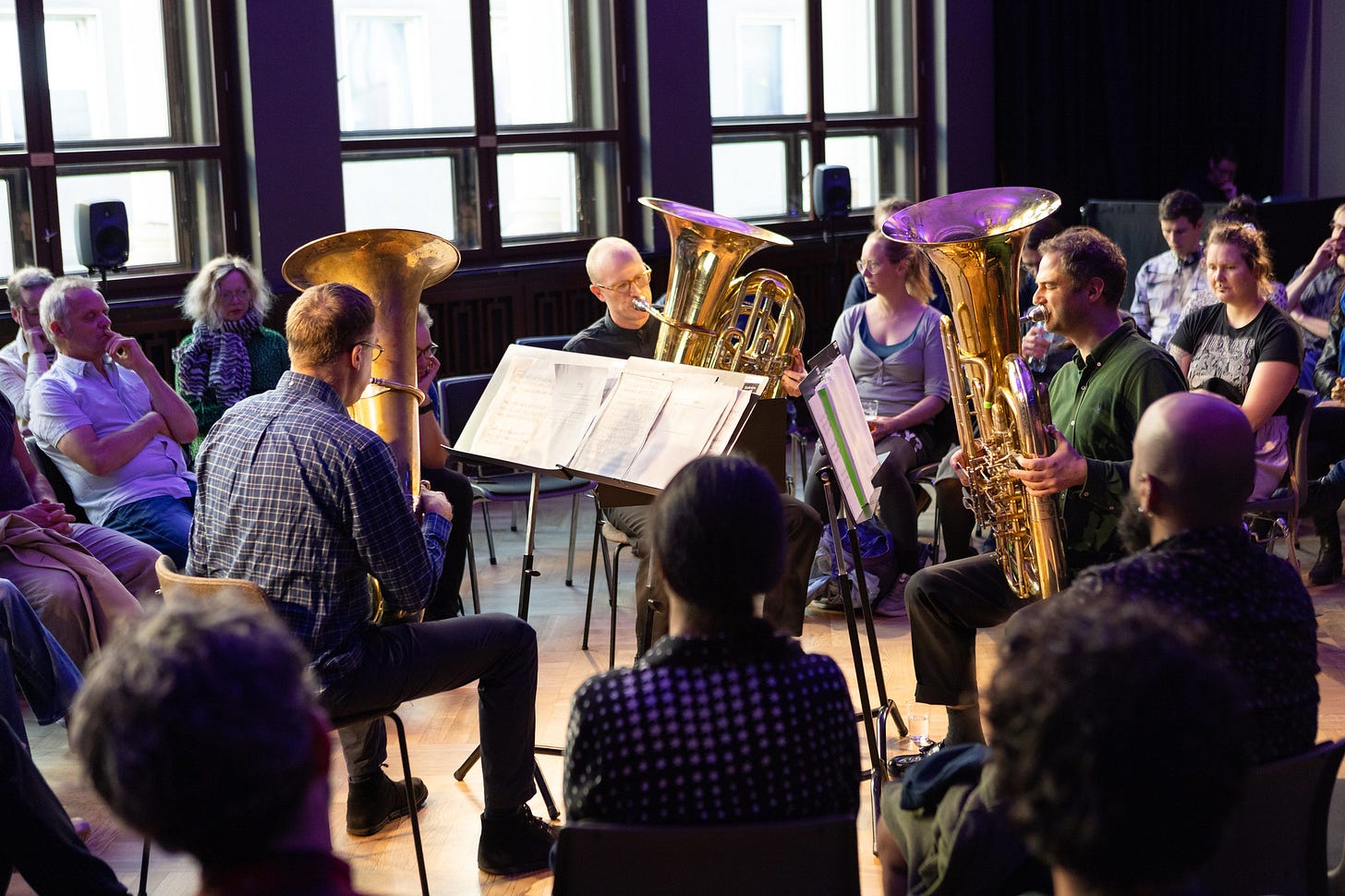
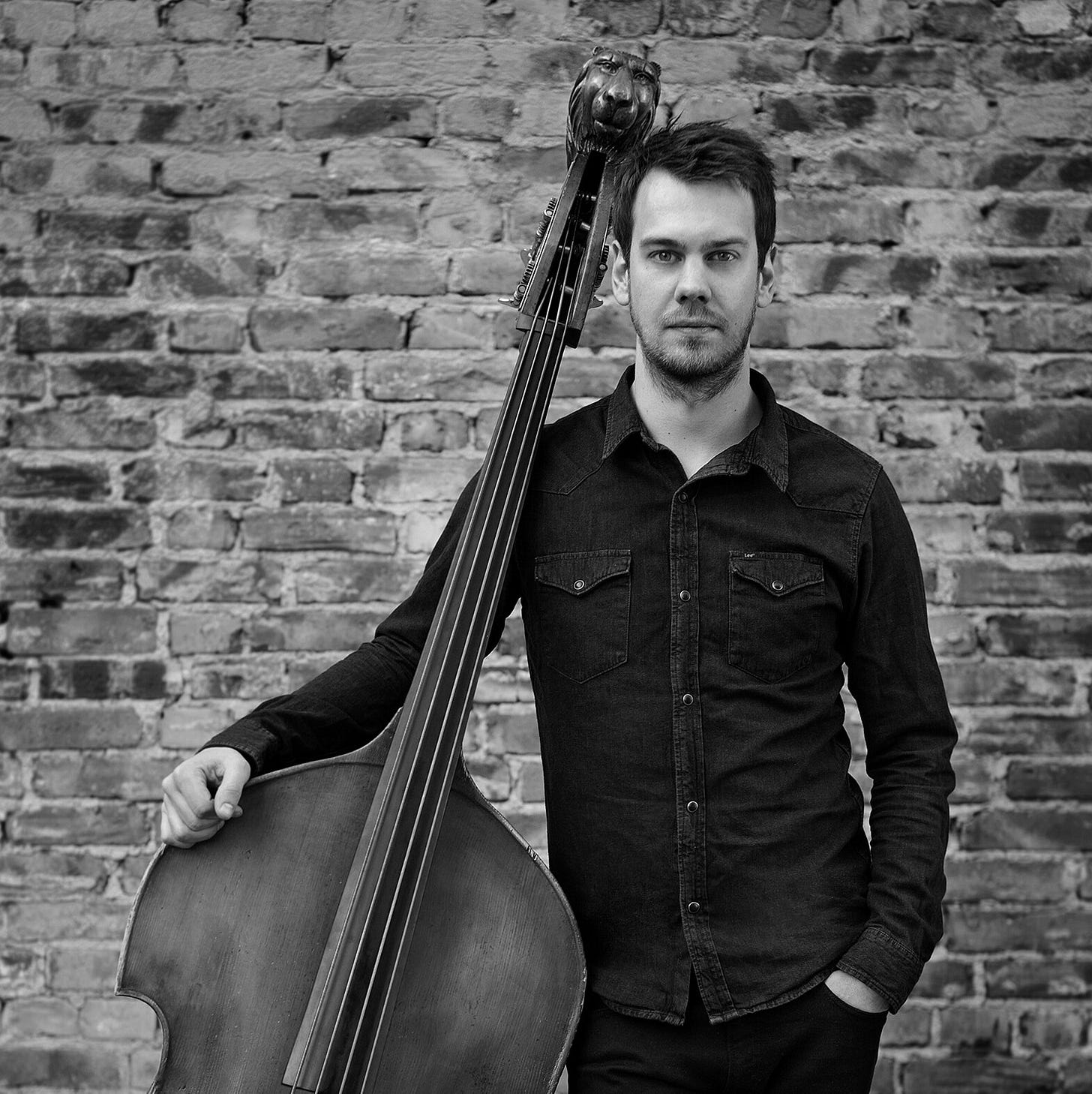
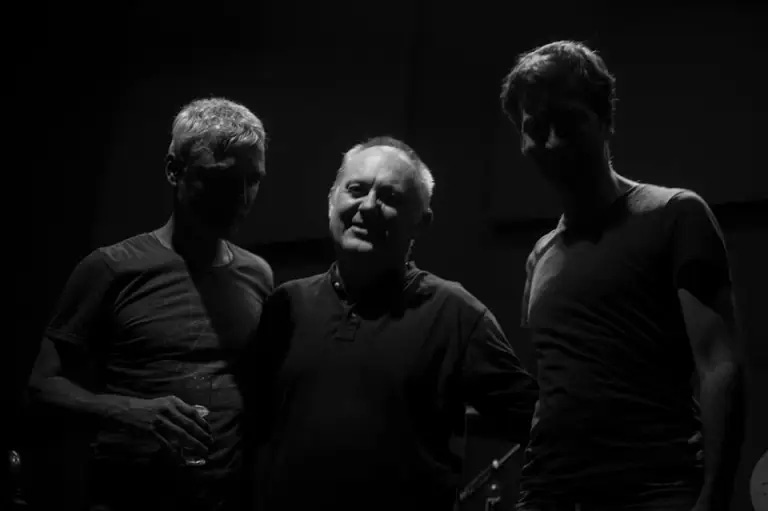
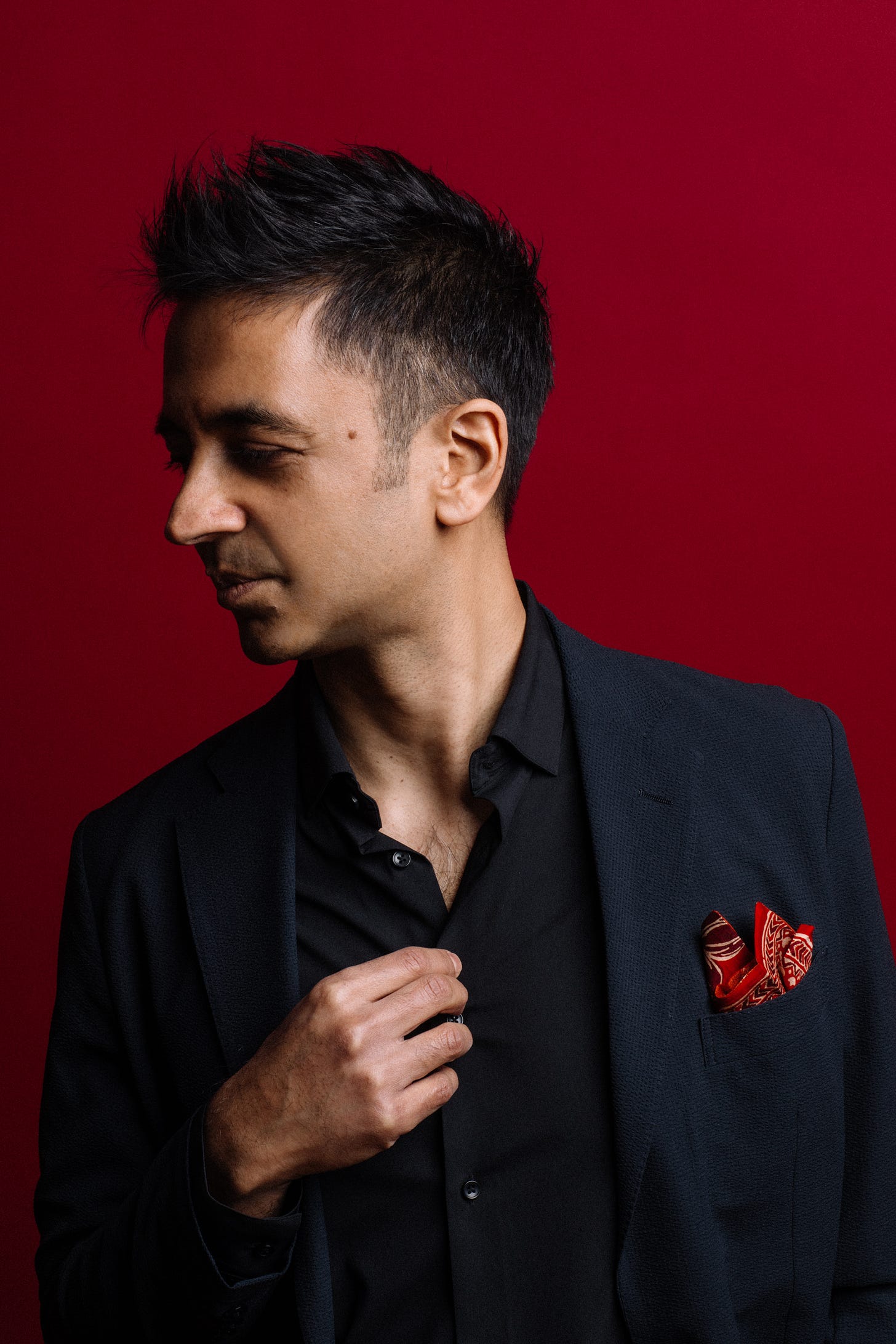
Thanks for the heads-up on the "Kraftbalanse" album.
It slipped right past me and I'm greatly enjoying it now.